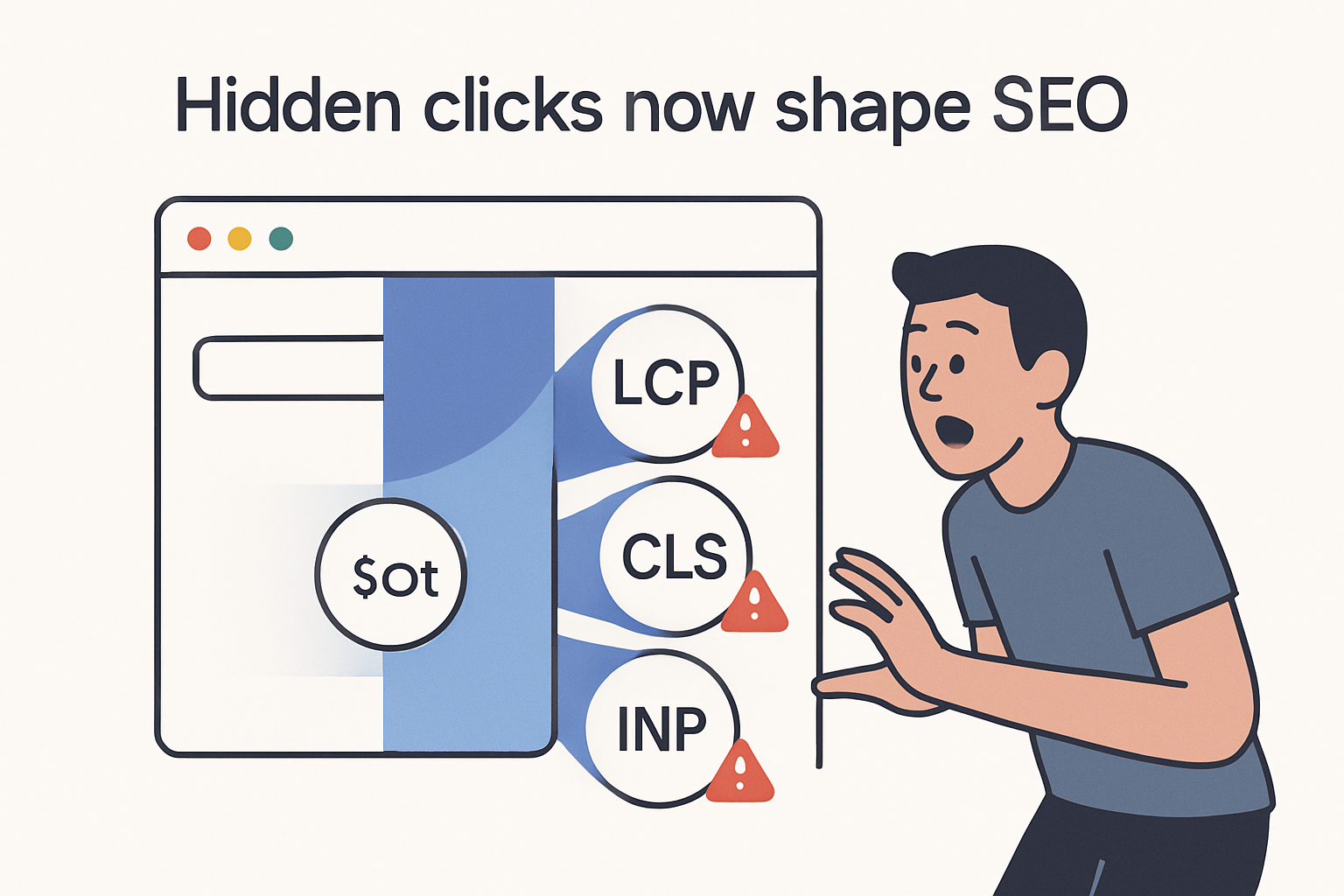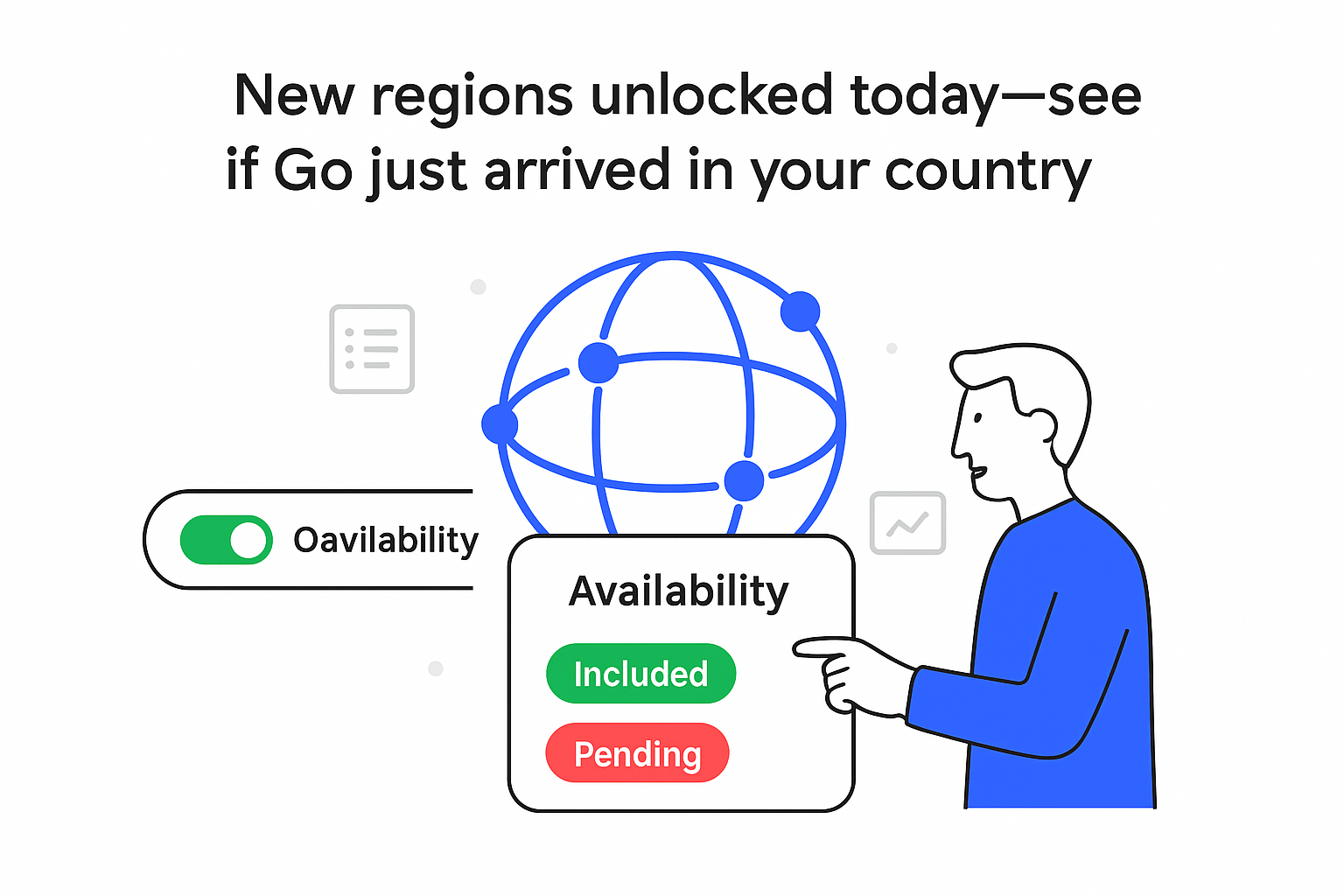Google has opened an origin trial for its Soft Navigations API in Chrome 139, aiming to close a long-standing measurement gap: Core Web Vitals inside single-page applications (SPAs). Because SPAs swap content without a full reload, field data often ignores in-app clicks, leaving marketers with an incomplete view of user experience. This analysis explains how the API works, where reporting could shift, and which operational bets merit attention while the trial runs.
Core Web Vitals Trial for SPAs - Marketing Impact Analysis
The experiment focuses on three ranking-related metrics - Largest Contentful Paint (LCP), Cumulative Layout Shift (CLS), and Interaction to Next Paint (INP). When JavaScript changes the URL, Chrome now detects the so-called "soft navigation", assigns a navigationId, and restarts the timers so every in-session view receives its own performance record.
If the API ships in stable Chrome and later flows into CrUX, visibility will expand from "first view only" to "every view". Competitive baselines could reset for any brand running React, Vue, Angular, or comparable frameworks.
Roughly 28 % of the top 10 000 sites already use a SPA framework (HTTP Archive 2023). Yet current CrUX data still tilts toward initial loads, masking mid-journey waits and shifts. Early RUM studies Barry Pollard emphasizes show LCP deltas of 200-600 ms once soft navigations are counted - often the difference between a "good" and a "needs improvement" rating.
Key Takeaways
- Incremental visibility - Soft navigation metrics add a second layer of Core Web Vitals that can be 1.2-1.8 × slower than the first load in SPAs; expect score swings once CrUX adopts them.
- Budget reallocation risk - Pages that once passed may fail, lowering landing-page quality scores in Google Ads and raising CPCs by an estimated 4-7 %.
- Measurement tooling gap - Most RUM vendors must expose the new
interaction-contentful-paintandnavigationIdfields or data will fragment. - SEO audit cadence - Audits that sample only static URLs may miss up to 50 % of layout shifts inside routed views; expand crawl scripts.
- Early-mover upside - Teams that optimise in-app interactions during the trial can secure Core Web Vitals compliance ahead of competitors, cushioning any algorithmic rerank in 2025.
Situation Snapshot
What triggered the analysis
- Chrome 139 launched an origin trial for the Soft Navigations API on 23 May 2024, now available for testing.
Undisputed facts
- The API re-fires performance observers when three heuristics match: user gesture, DOM change, and
history.pushState/replaceStateURL update. - New performance entries include
navigationIdandinteraction-contentful-paint(ICP). - Opt-in is via chrome://flags/#soft-navigation-heuristics or an origin-trial token; data is local to Chrome 139+ only.
Breakdown & Mechanics
Old flow
Initial load → metrics recorded once → internal route changes ignored → field data under-reports.
New flow
Soft nav detected → navigationId N+1 → LCP/CLS/INP timers reset → metrics pushed to PerformanceObserver → RUM / CrUX (future) consume.
Key algorithm points
- Gesture filter - Blocks background script changes.
- Paint delta - Requires a fresh paint >0 px.
- Cool-down - Consecutive pushes within 50 ms merge, preventing metric spam.
Historical analogue
Google's 2021 INP rollout cut "good" scores by 9 % across mobile CrUX. A similar shift is plausible once soft navigation data lands.
Trade-offs
- Extra beacons (~0.4 KB per soft nav) mean minor bandwidth cost.
- Analytics libraries must carry
navigationIdor risk double-counting. - Only Chrome supports the API; Safari and Firefox remain undecided, creating data asymmetry.
Impact Assessment
Paid Search
- Effect size - Medium. If CrUX adopts soft nav data, quality scores for SPA landing pages may dip, nudging CPCs up by ~5 % to maintain position.
- Winners - Server-rendered or multi-page flows, plus SPAs that pre-optimise route performance.
- Actions - Run PageSpeed Insights with "Experimental Soft Nav" enabled and prioritise heavy routed views in performance budgets.
Organic Search
- Effect size - High in SPA-heavy niches such as SaaS dashboards and marketplaces.
- Winners - Sites already below 2 s LCP on interstitial routes.
- Actions - Instrument the origin trial, gather ICP and CLS per route, trim oversized bundles, and defer sidebar lazy loads.
Creatives & UX
- Effect size - Low to medium; granular metrics reveal which component mounts cause visual shifts.
- Actions - Review entry animations and constrain layout shift with CSS
aspect-ratioand container queries.
Operations & Analytics
- Effect size - High initial lift. Data pipelines must support
navigationIdjoins. - Actions - Upgrade to web-vitals v4+, adjust beacon sampling to keep payloads below 10 KB per session, and build route-level dashboards.
Scenarios & Probabilities
- Base (Likely, 60 %) - Trial succeeds, API ships in Chrome 142, CrUX starts logging early 2025, Search weighs new data mid-2025.
- Upside (Possible, 25 %) - Adoption exceeds expectations; API lands in Chrome 140; early adopters enjoy a 3-6-month visibility lead.
- Downside (Edge, 15 %) - Heuristics create false positives on ad-heavy pages; feedback forces redesign and delays launch by a year.
Risks, Unknowns, Limitations
- Non-Chromium browsers will not expose ICP, leaving roughly 23 % of sessions unmeasured.
- RUM vendors may lag, causing a temporary blind spot during switchover.
- Google has not confirmed whether soft-nav vitals will carry equal weight in ranking.
- Mishandled origin-trial tokens could under-sample traffic and give a false sense of security.
- E-commerce funnels with cart steps as soft routes could receive sudden INP penalties.
Sources
- Google Chrome Developers, 23 May 2024 - "New Soft Navigations Origin Trial"
- Pollard, B., 24 May 2024 - LinkedIn post outlining trial heuristics
- W3C Web Performance WG Draft, 20 May 2024 - "Soft Navigation PerformanceEntry"







.svg)